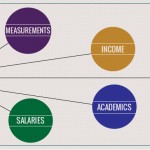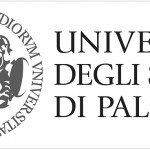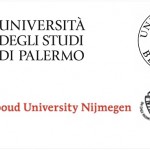Performance management in Universities
Top private companies around the globe have adopted performance management principles and techniques in order to be more competitive in this harsh economic market. This fierce competition has slowly, but firmly found its way in the public sector. Public services are required to adopt best practices and streamline processes in order to justify their budgets and offer quality services to their country’s citizens.
Higher education institutions have not been an exemption to this trend, and as a result more and more universities are implementing performance management systems in order to be sustainable and provide quality public services.
In the past decade, most countries in Europe have passed reforms in the education field in response to the developments of society, such as decentralization and tighter public budgets. The majority of these reforms can be related to the New Public Management (NPM) paradigm, which emphasizes effectiveness, efficiency and accountability. Developed in the early 1990s by Cristopher Hood, it has been the basis for reforming universities. Market based reforms, the introduction of a client-driven higher education system, the use of performance measurement in research and teaching and government steering are just some of its effects in the education sector.Beginning from 2000, Universities in the Netherlands are funded on a ‘performance funding model’. Using this approach, 50% of the total teaching budget in a year is based on the number of degrees awarded in previous year; 13% is based on the number of first year enrollments; and the remainder is a fixed allocation per university. Universities receive separate funding for research programs. In Finland, the government has a three-year contract with each university that encompasses objectives, programs and funding. The contract provides for a government grant in the form of a lump sum to implement the contract, including the goals for master’s and doctoral degrees. The budgeting system has been developed to support management-by-results so that the university’s goals and appropriations are inter-linked.
In the U.S, The University of Minnesota has implemented a comprehensive performance management system to achieve its goal of becoming one of the world’s top three public research institutions. The baseline of this system is the alignment of all colleges, departments and units to the University’s mission and value statements. The main benefit being that the staff will have a clear view of their role as an employee of the University, and as a result they would become more engaged by understanding the University’s mission, the expectations for their work, and what they can gather from the University’s performance management framework.
One of the latest initiatives undertaken by universities is the development of joint programs together with private companies. A current example is Thailand, where the Chulalongkorn University is collaborating with Fujitsu. They are jointly developing a student performance management system based on FUJITSU Education Solution Campusmate-J/Student series of student support system for higher education. Trials, which will involve students with exceptional abilities in sports, arts and music, will be conducted at the University in order to consolidate various types of student information from multiple departments in order to arrive at a single student performance management system. Insights gained from the Chulalongkorn University trials will be leveraged to add new features that fit the needs of Thailand’s university system and culture.
Universities implementing performance management represent the future of the education system. Recruiting and retaining top faculty and staff who are innovative and dedicated to achieving the highest standards of excellence embodies the performance management culture and will drive the education sector to new scholarly heights.
References:
- OECD (2003), Education Policy Analysis, Chapter 3: Changing patterns of governance in higher education
- Decramer, A. (2011), Employee performance management in higher education, Ghent University
- The Nation (2013), Fujitsu, Chulalongkorn University launch field trials for student performance management system
- University of Minnesota (2005), Performance management and career mobility at the University of Minnesota: President’s Emerging Leaders Program 2005-2006
Image source:

Tags: Education and Training performance, Performance Management, Universities






